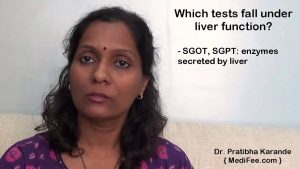To better understand GERD, it’s important to know what happens in the normal digestive process. As you chew your food and swallow, food particles travel from your mouth to the esophagus. The esophagus is a muscular tube that contracts and relaxes in a wave-like motion to help move food and liquids down toward your stomach. This is called “peristalsis.” Just before the esophagus gets to the stomach, it travels through your diaphragm. The diaphragm is a broad muscle that separates your stomach from your chest cavity. The opening in the diaphragm where the esophagus travels through, is called the “hiatus.” You’ll hear more about the hiatus, and how it can be associated with GERD, a little later. The esophagus then joins the stomach at the “lower esophageal sphincter,” also called the “LES.” This sphincter acts as a doorway between the esophagus and the stomach. After you swallow, it opens to let food into the stomach. Then, the sphincter closes to keep food and stomach juices from going back up into the esophagus. The hiatus also helps close off the entryway to the stomach. Inside your stomach, strong acids and enzymes make up the stomach juices that break down your food. Your stomach has special mechanisms that help protect it from these strong juices. But your esophagus doesn’t have these same defenses, so it’s important for the LES to close off the stomach opening to keep the juices in the stomach. Sometimes, the acidic contents of the stomach do go back up, or reflux, into the esophagus, and some reflux is normal. Much of the time, this never causes any problems because the esophagus also has some ways to protect itself. For example, the saliva in your esophagus can help neutralize stomach acid, and gravity and peristalsis help to wash the saliva and stomach juices back down into the stomach. But other times, reflux can cause the burning, pressure, or pain in your chest or throat that most people call heartburn or acid indigestion.
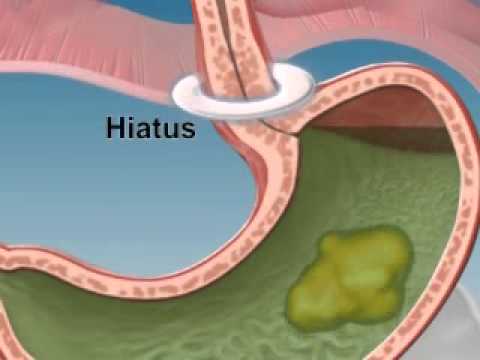
How Does My Stomach Work?
- Post author:
- Post published:May 27, 2021
- Post category:Uncategorized
- Post comments:0 Comments
You Might Also Like

Bench Dips for Big Triceps, How to Get Big Triceps

6 Likely Symptoms Of Vitamin B Overdose

5 Things to Know About TB

What are the side effects of fish oil for dogs?

10 Rear Delt Exercises

Islamic Nutrition Laws Video – 1

euflexxa knee injection animation

Why is the skeletal system so important ?

Hydrolysis of fats

Overhead Press Dumbbells-13
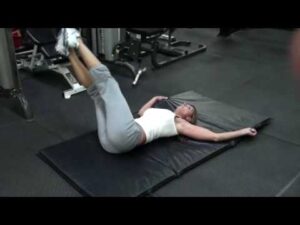
Abdominal Exercises – Reverse Trunk Twist

Fat Loss, Weight Loss Video – 1
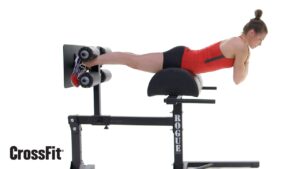
Erector Spinae Back Extension-8

Stretching Video – 1

PROYOUNG International | Essential Antioxidants | Cellular Nutrition | Dr. Naaznin Husein

New 7 Days Lemon Diet to Burn Fat and Detox Your Body

Endochondral Ossification Video

Why Fast Food & Soda Are Bad for Heart | Heart Disease

Nutritional Management for Arthritis in English – Diet Tips, Nutrition Supplements

Advantages Of Yoga Video – 6

Seated Flat Bench Leg Pull In – Abs Exercise
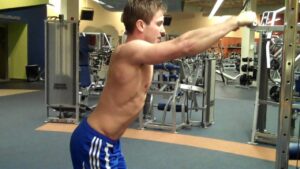
How To: Standing Lat Pushdown (Cable Machine)

Keto Diet, Keto Foods, Keto Recipes Video – 9

Upper Back and Trap Thickness (2 KEY EXERCISES!)

Pharmacology, inspired by nature
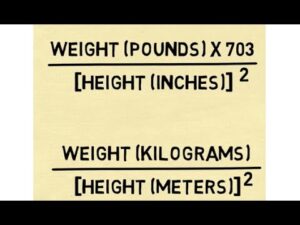
Calculate BMI – The Body Mass Index Formula
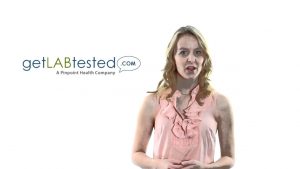
“Complete Blood Count (CBC) Test” by getLABtested.com
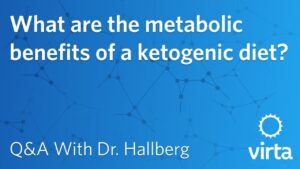
Keto Diet, Keto Foods, Keto Recipes Video – 20
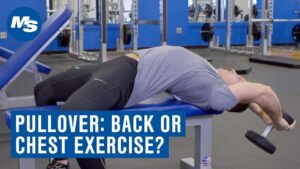
Dumbbell Pullover: Chest or Back Exercise?

Metabolism Meaning

2 Symptoms of a Leaking Heart Valve | Heart Disease

GCSE Science Revision Biology “The Endocrine System”

Pregnancy swelling (edema)

After Effect video BMI

Biceps – stability ball curls

What Are Carbohydrates ? What Is Carbohydrates?

Nutritional Psychiatry Video – 2

Making A Yoga Routine Video – 5

BMI Calculation

V-Shape Back Workout

Top Vegan Protein Sources (Plant-Based) | Dr. Berg
